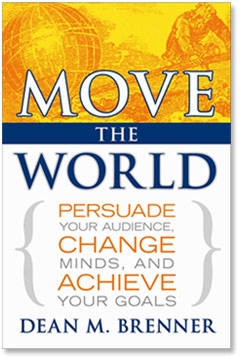Originally posted with the Forbes Coaches Council on Mar 13, 2018.
When you come up with an innovative idea — a new product, a new company or a new initiative — taking the leap into the unknown can feel like the hardest part. But, getting a new idea off the ground is only one step — launching it successfully and nurturing its evolution requires their own set of specific, actionable skills.
The first phase, Assessment, helps you understand the context of the market and identify the skills you need to cultivate for success. In creating my company, The Latimer Group, this phase encompassed both pre-launch work — a year at a small management consulting group to better understand the field — and the first few years of my young company. Even as I put my idea into action, I was still questioning and refining, building my network and my skills.
After a few years of working alone, offering a solid if standard communication coaching course, I’d cultivated a steady, strong (but still limited) client base. I’d been taking stock of the field and continuously questioned the effectiveness of my workshops. I was ready to take the next step: to create a unique, customized value proposition for my clients and to make The Latimer Group stand out. Essentially, I was ready to refine my message. I was ready to tell a story that could make audiences care about what we were doing — and what we were doing differently.
Of course, setting yourself and your idea apart can feel overwhelming. As always, breaking it down into discrete parts can help. Think about approaching this phase in three steps:
1. Clarify your goals. What do you want to accomplish with your venture? What are the short-term needs and the long-term plans to take you there? Focus on a strategy that sets achievable steps along the way to real transformation.
2. Distinguish your value. What sets you and your idea apart from any other? A successful message will make potential clients see that you can provide something no one else can.
3. Invest in the resources you need. Whether this is raw material, additional employees or more capital, make sure that you are giving your idea the support it needs to flourish.

How did these three steps play out for The Latimer Group? As I worked those first few years, I set a number of goals for myself, and one of the big ones was to write a book. Many people had told me that, as a small consultancy, publishing a book was an important step in refining the value and achieving greater success. As part of my brainstorming for that project, I came up with a tagline that shaped our approach: “The Experts in Persuasive Communication.” Through networking, I met a creative consultant and editor, who I hired to help structure my book.
That book would become Move the World: Persuade Your Audience, Change Minds, and Achieve Your Goals: a distillation of my experience in persuasive communication and a major step in the evolution toward distinguishing The Latimer Group from other communication coaching consultancies. Together, my editor and I developed frameworks that expressed how The Latimer Group approached persuasive communication — an innovative method toward communication coaching, which took the subjective nature of speaking and broke it down into specific, objective skill areas that could be practiced and improved in discrete ways.
Finally, by 2008, I realized I needed to invest in another employee to help manage the workload. The Latimer Group was still a small operation, but when I found myself in the wrong city for a workshop (I was supposed to be in Milwaukee, but in a state of exhausted overextension, I’d booked a flight to Detroit), I knew that I needed a colleague to help manage the clients we had and to create the capacity to engage more. What’s more, in hiring my first employee, I now had someone to collaborate with and bounce ideas off of, which helped us continue to refine our mission and our value.
Just as when you set out to launch your big idea, think about approaching the cultivation and refinement of your idea through a series of smaller, attainable objectives. By engaging thoughtfully and energetically with the three steps of phase two — set goals, clarify value and invest — you can push your big idea further along the road to success. With a strong, unique story in place, you can position yourself to put your idea into practice, grow your success and deliver to an even wider audience.






Comments